Contributions to Power Management in AC Microgrids Based on Concepts of Microeconomics Theory
Abstract
:1. Introduction
2. Materials and Methods
2.1. MG Management Strategy
2.1.1. Theoretical Elements
2.1.2. PCC Modeling
2.1.3. Source Operation
2.1.4. MG Management
2.1.5. Connection Chattering
2.2. Case Study
2.2.1. MG Description
2.2.2. Loads Description
2.2.3. Sources Description
2.2.4. Controller Description
3. Results and Discussion
3.1. First Scenario
3.2. Second Scenario
3.3. Third Scenario
4. Conclusions
Author Contributions
Funding
Institutional Review Board Statement
Informed Consent Statement
Data Availability Statement
Acknowledgments
Conflicts of Interest
Abbreviations
| MG | Microgrid |
| AC | Alternating Current |
| DC | Direct Current |
| PMS | Power Management System |
| EES | Energy Storage System |
| DBS | Direct Current Bus Signaling |
| ACBS | Alternating Current Bus Signaling |
| TOU | Time of Use |
| DR | Demand Response |
| PCC | Point of Common Coupling |
| SOC | State of Charge |
| SOH | State of Health |
References
- Tahim, A.P.N. Controle de MR de Distribuição de Energia Elétrica em CC. Master’s Thesis, UFSC, Florianópolis, Brazil, 2015. [Google Scholar]
- Basak, P.; Chowdhury, S.; HalderneeDey, S.; Chowdhury, S.P. A literature Review on Integration of Distributed Energy Resources in the Perspective of Control, Protection and Stability of Microgrid. Proc. Renew. Sustain. Energy Rev. 2012, 16, 5545–5556. [Google Scholar] [CrossRef]
- Hartono, B.S.; Budiyanto, Y.; Setiabudy, R. Review of Microgrid Technology. Proc. Qual. Res. 2013, 2013, 127–132. [Google Scholar]
- Nikos, D.H. Trends in Microgrid Control. IEEE Trans. Smart Grid 2012, 5, 1905–1919. [Google Scholar]
- Planas, E.; Gil-de-Muro, A.; Andreu, K.I.; Alegría, I.M. General aspects, hierarchical controls and droop methods in microgrids: A review. Proc. Renew. Sustain. Energy Rev. 2012, 17, 147–159. [Google Scholar] [CrossRef]
- Jiang, Z.; Dougal, R. Hierarchical Microgrid Paradigm for Integration of Distributed Energy Resources. In Proceedings of the 2008 IEEE Power and Energy Society General Meeting, Pittsburgh, PA, USA, 20–24 July 2008; pp. 1–8. [Google Scholar]
- Correa, E.P. Estudo de um Modelo de Ordem Reduzida para a Análise da Estabilidade de Microrredes CA. Master’s Thesis, UDESC, Joinville, Brazil, 2018. [Google Scholar]
- Vandoorn, T.L.; Vasquez, J.C.; De Kooning, J.; Guerrero, J.M.; Vandevelde, L. Microgrids: Hierarchical control and an overview of the control and reserve management strategies. IEEE Ind. Electron. Mag. 2013, 7, 42–55. [Google Scholar] [CrossRef] [Green Version]
- Biglarahmadi, M.; Ketabi, A.; Baghaee, H.R.; Guerrero, J.M. Integrated Nonlinear Hierarchical Control and Management of Hybrid AC/DC Microgrids. IEEE Syst. J. 2021, 16, 902–913. [Google Scholar] [CrossRef]
- Vasquez, J.C.; Guerrero, J.M.; Miret, J.; Castilha, M.; Vicuna, L.G. Hierarchical Control of Inteligent Microgrids. Proc. IEEE Ind. Electron. Mag. 2010, 12, 23–29. [Google Scholar] [CrossRef]
- Zhao, E.; Liu, E.; Li, L.; Han, Y.; Yang, P.; Wang, C. Hierarchical Control Strategy Based on Droop Coefficient Calibration and Bus Voltage Compensation for DC Microgrid Cluster. In Proceedings of the IEEE 2nd China International Youth Conference on Electrical Engineering, Chengdu, China, 15–17 December 2021. [Google Scholar]
- Guerrero, J.M.; Vasquez, J.C.; Matas, J.; Vicuna, L.G.; Castilha, M. Hierarchical Control of Droop-Controlled AC and DC Microgrids—A General Approach Toward Standardization. In Proceedings of the IEEE Transactions on Industrial Electronics, Chengdu, China, 15–17 December 2011; Volume 58, p. 1. [Google Scholar]
- Feng, F.; Zhang, P. Enhanced Microgrid Power Flow Incorporating Hierarchical Control. IEEE Trans. Power Syst. 2020, 35, 3. [Google Scholar] [CrossRef] [Green Version]
- Rocabert, J.; Luna, A.; Blaabjerg, F.; Rodriguez, P. Control of Power Converters in AC Microgrids. Proc. IEEE Trans. Power Electron. 2012, 27, 4734–4749. [Google Scholar] [CrossRef]
- Li, Z.; Cheng, Z.; Si, J.; Li, S. Distributed Event-Triggered Hierarchical Control to Improve Economic Operation of Hybrid AC/DC Microgrids. IEEE Trans. Power Syst. 2021, 12, 1. [Google Scholar] [CrossRef]
- Bidram, A.; Davoudi, A. Hierarchical Structure of Microgrids Control System. Proc. IEEE Trans. Smart Grid 2012, 3, 1963–1976. [Google Scholar] [CrossRef]
- Molist, C.C.; Bazmohammadi, N.; Vasquez, J.C.; Dussap, C.-G.; Guerrero, J.M.A. Hierarchical Control of Space Closed Ecosystems—Expanding Microgrid Concepts to Bioastronautics. IEEE Ind. Electron. Mag. 2020, 15, 2. [Google Scholar]
- Mohammed, A.; Mohammed, S.; Refaat, S.; Bayhan, S.; Abu-Rub, H. AC Microgrid Control and Management Strategies: Evaluation and Review. Proc. IEEE Power Electron. Mag. 2019, 6, 2. [Google Scholar] [CrossRef]
- Morstyn, T.; Hredzak, B.; Agelidis, V. Control Strategies for Microgrids with Distributed Energy Storage Systems: An Overview. Proc. IEEE Trans. Smart Grid 2018, 9, 3652–3666. [Google Scholar] [CrossRef] [Green Version]
- Singh, J.; Singh, S.P.; Verma, K.S.; Iqbal, A.; Kumar, B. Recent control techniques and management of AC microgrids: A critical review on issues, strategies, and future trends. Proc. Int. Trans. Electr. Energy Syst. Conf. 2021, 31, e13035. [Google Scholar] [CrossRef]
- Jackson, J.; Mwasilu, F.; Lee, J.; WooJung, J. AC-microgrids versus DC-microgrids with distributed energy resources: A review. Proc. Renew. Sustain. Energy Rev. 2013, 24, 387–405. [Google Scholar]
- Quintana, P.J.; Garcia, J.; Guerrero, J.M.; Dragicevic, T.; Vasquez, J.C. Control of single-phase islanded PV/battery street light cluster based on Power-Line Signaling. In Proceedings of the 2013 International Conference on New Concepts in Smart Cities: Fostering Public and Private Alliances (SmartMILE), Gijon, Spain, 11–13 December 2013; pp. 1–6. [Google Scholar]
- Shafiee, Q.; Dragicevic, T.; Andrade, F.; Vasquez, J.C.; Guerrero, J.M. Distributed Consensus-Based Control of Multiple DC-Microgrids Clusters. In Proceedings of the 40th Annual Conference of IEEE Industrial Electronics Society, Sheraton Hotel Dallas, Dallas, TX, USA, 29 October–1 November 2014. [Google Scholar]
- Glavic, M. Agents and Multi-Agent Systems: A Short Introduction for Power Engineers; University of Liege Electrical Engineering and Computer Science Department: Liege, Belgium, 2006; pp. 1–21. [Google Scholar]
- Shafiee, Q.; Guerrero, J.M.; Vasquez, J.C. Distributed Secondary Control for Islanded Microgrids—A Novel Approach. Proc. IEEE Trans. Power Electron. 2014, 29, 1018–1031. [Google Scholar] [CrossRef] [Green Version]
- Araujo, L.S.; Alonso, A.M.S.; Brandao, D.I. Decentralized Control of Voltage- and Current-Controlled Converters Based on AC Bus Signaling for Autonomous Microgrids. Proc. IEEE Access 2020, 8, 202075–202089. [Google Scholar] [CrossRef]
- Schönberger, J.; Duke, R.; Round, S. DC-Bus Signaling: A Distributed Control Strategy for a Hybrid Renewable Nanogrid. Proc. IEEE Trans. Ind. Electron. 2006, 53, 1453–1460. [Google Scholar] [CrossRef]
- Guerrero, J.M.; Chandorkar, M.; Lee, T.L.; Loh, P.C. Advanced Control Architectures for Intelligent Microgrids Part I and II: Decentralized and Hierarchical Control. Proc. IEEE Trans. Ind. Electron. 2013, 60, 1263–1270. [Google Scholar] [CrossRef] [Green Version]
- Sun, K.; Zhang, L.; Xing, Y.; Guerrero, J.M. A Distributed Control Strategy Based on DC Bus Signaling for Modular Photovoltaic Generation Systems With Battery Energy Storage. Proc. IEEE Trans. Power Electron. 2014, 61, 3313–3326. [Google Scholar]
- Bryan, J.; Duke, R.; Round, S. Decentralized Generator Scheduling in a Nanogrid Using DC Bus Signaling. In Proceedings of the IEEE Power Engineering Society General Meeting, Denver, CO, USA, 6–10 June 2004. [Google Scholar]
- Schiller, B. The Micro Economy Today, 11th ed.; McGraw-Hill: New York, NY, USA, 2008. [Google Scholar]
- Sharifi, R.; Anvari-Moghaddam, A.; Fathi, S.H.; Guerrero, J.M.; Vahidinasab, V. Dynamic Pricing: An Efficient Solution for True Demand Response Enabling. Proc. J. Renew. Sustain. Energy 2017, 10, 065502. [Google Scholar] [CrossRef] [Green Version]
- Bellinaso, L.V.; Schwertner, C.D.; Michels, L. Price-based power management of off-grid photovoltaic systems with centralised dc bus. Proc. IET Renew. Power Gener. 2016, 10, 1132–1139. [Google Scholar] [CrossRef]
- Bellinaso, L.V.; Edivan, L.C.; Cardoso, R.; Michels, L. Price-Response Matrices Design Methodology for Electrical Energy Management Systems Based on DC Bus Signalling. Proc. Energies J. 2021, 14, 1787. [Google Scholar] [CrossRef]
- Zimann, F.J. Sistema de Controle de Potência Ativa e Reativa para a Regulação de Tensão em Redes de Distribuição de Baixa Tensão. Master’s Thesis, UDESC, Joinville, Brazil, 2016. [Google Scholar]
- de Azevedo, G.M.S. Controle e Operação de Conversores em Microrredes. Ph.D Thesis, UFPe, Pernanbuco, Brazil, 2011. [Google Scholar]
- Maryama, V. Análise de Estratégias de Divisão de Carga Baseadas em Droop para Microrredes. Master’s Thesis, UFSC, Florianópolis, Brazil, 2016. [Google Scholar]
- AgêNcia Nacional de Energia EléTrica. Available online: https://www.aneel.gov.br/editais-de-geracao (accessed on 15 February 2022).

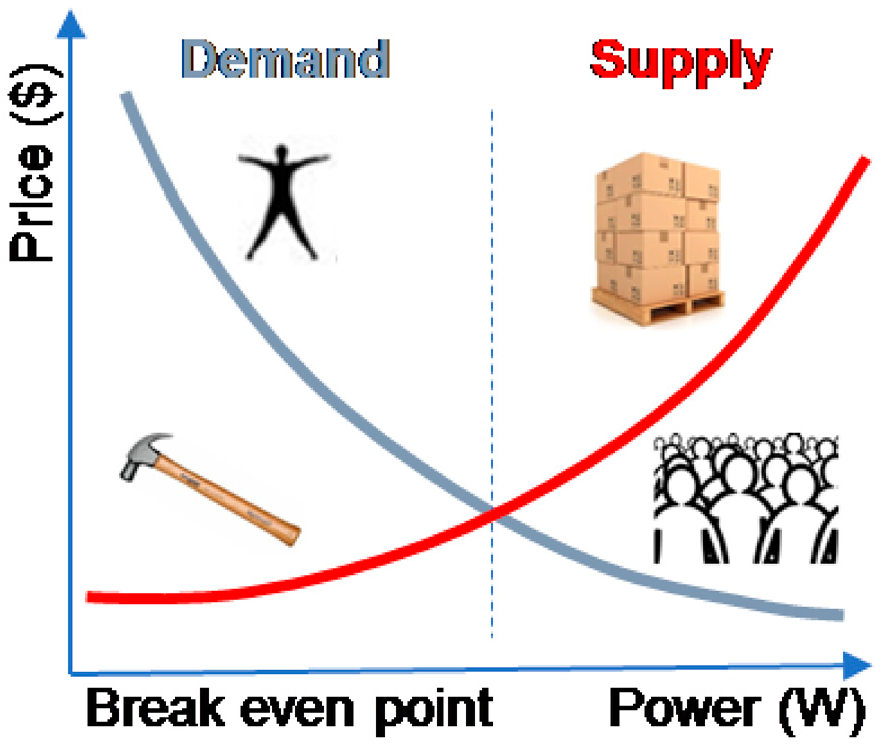
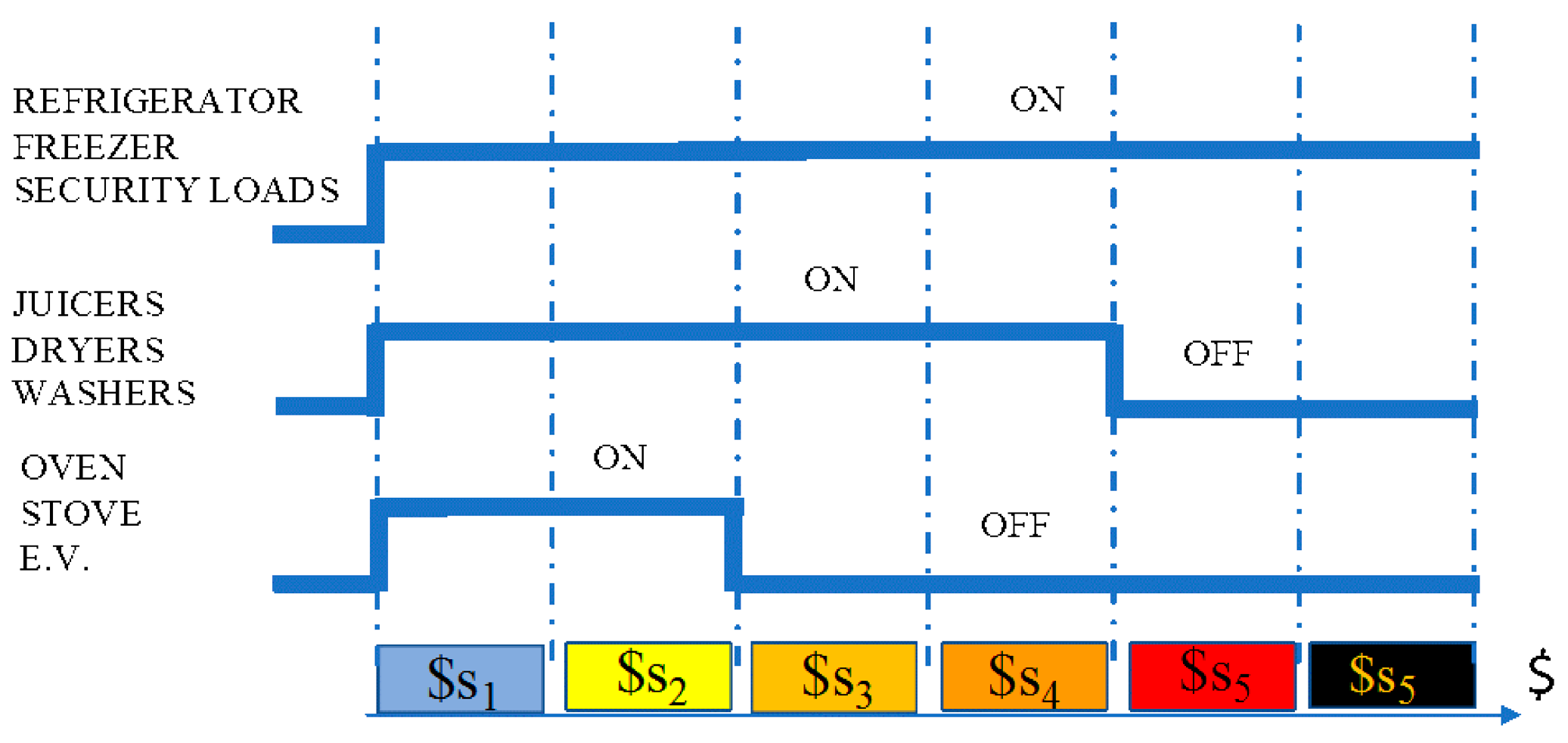
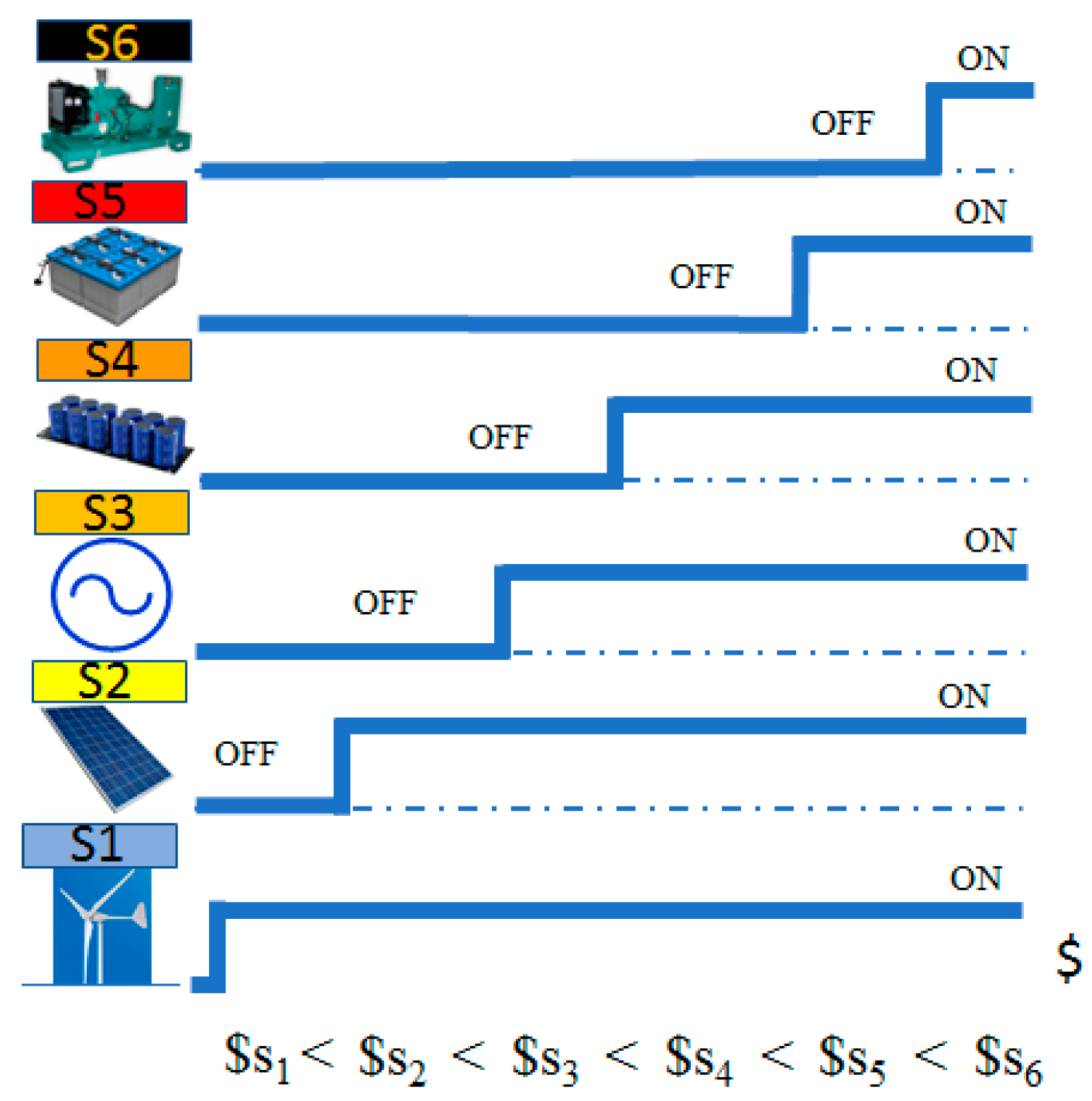
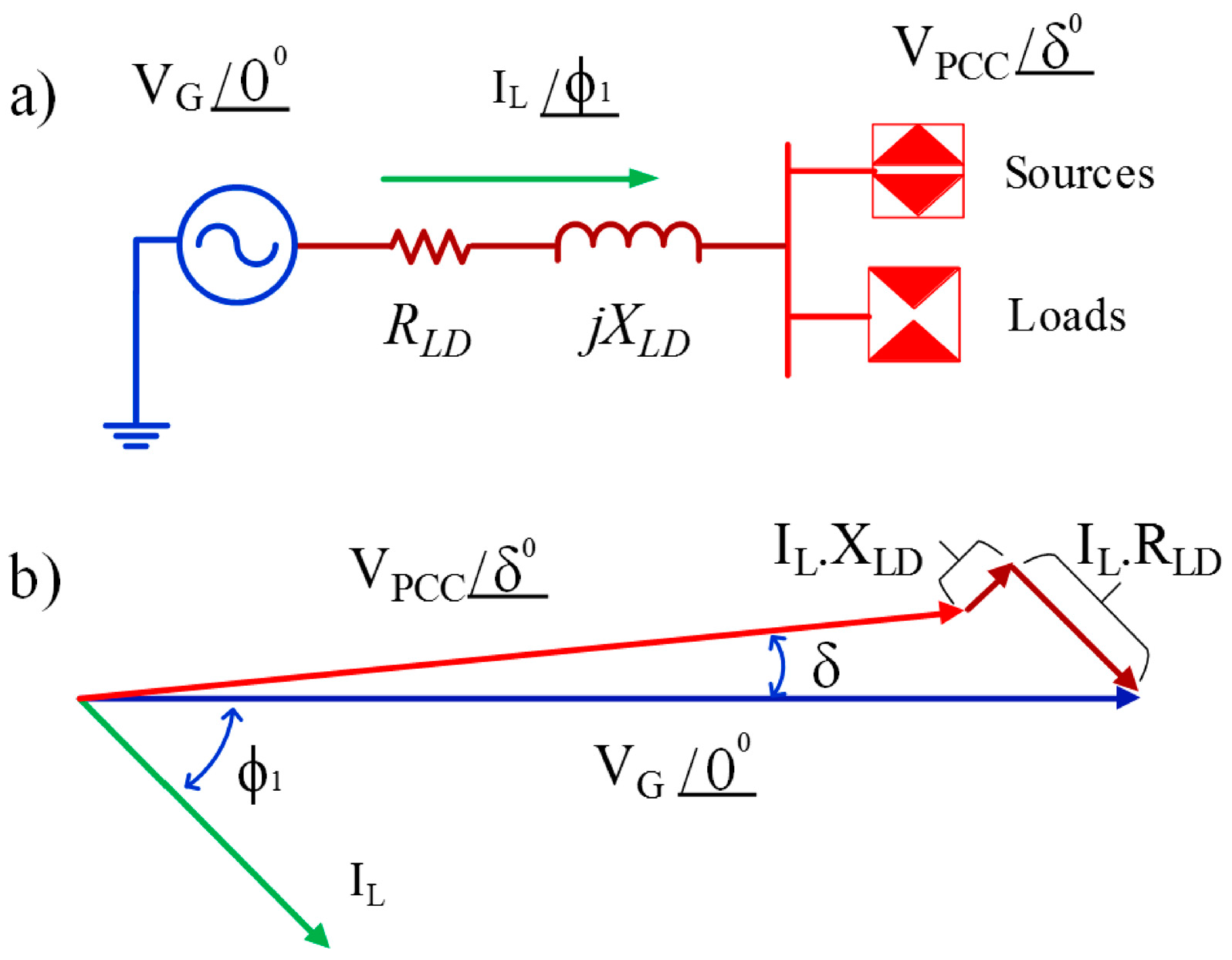
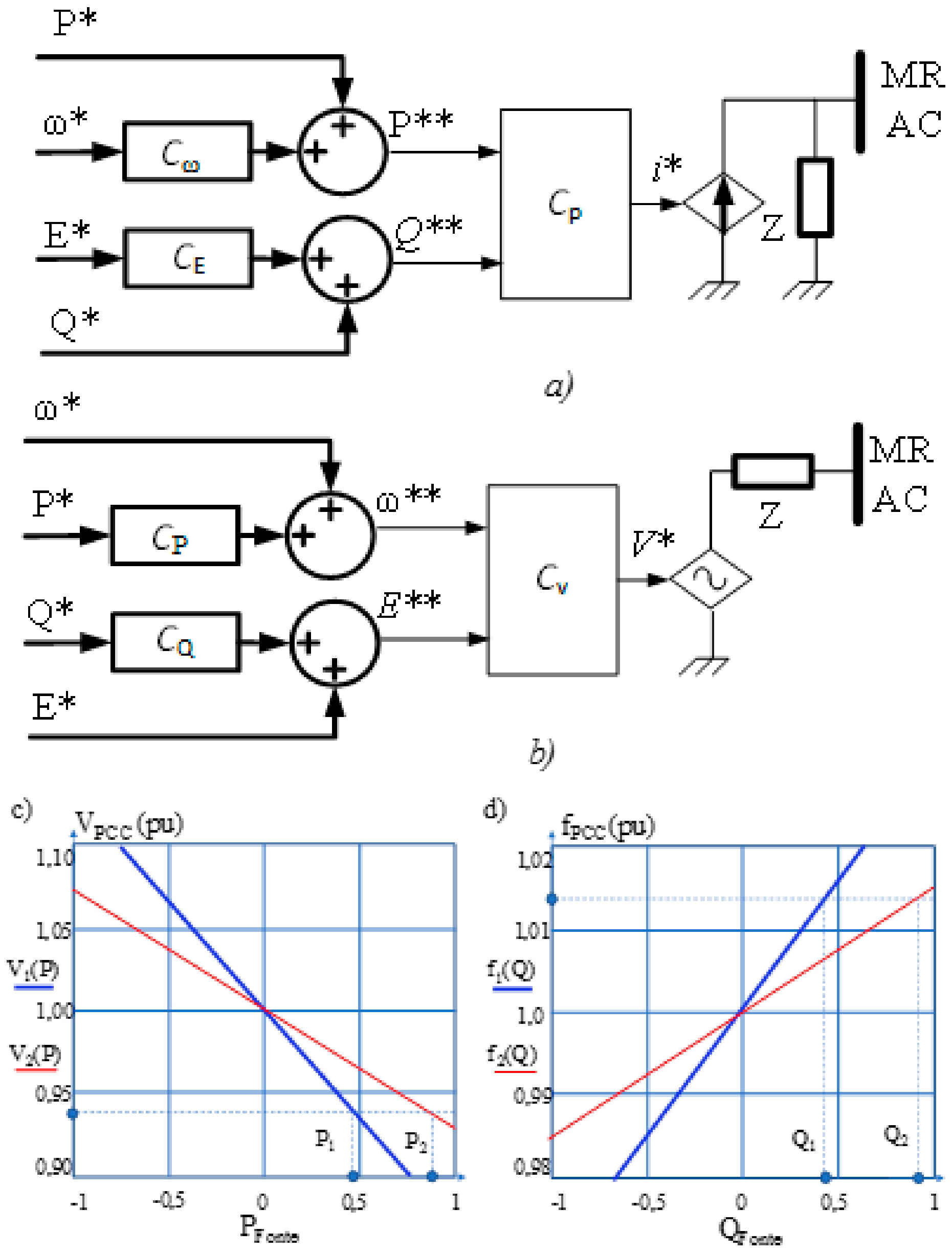

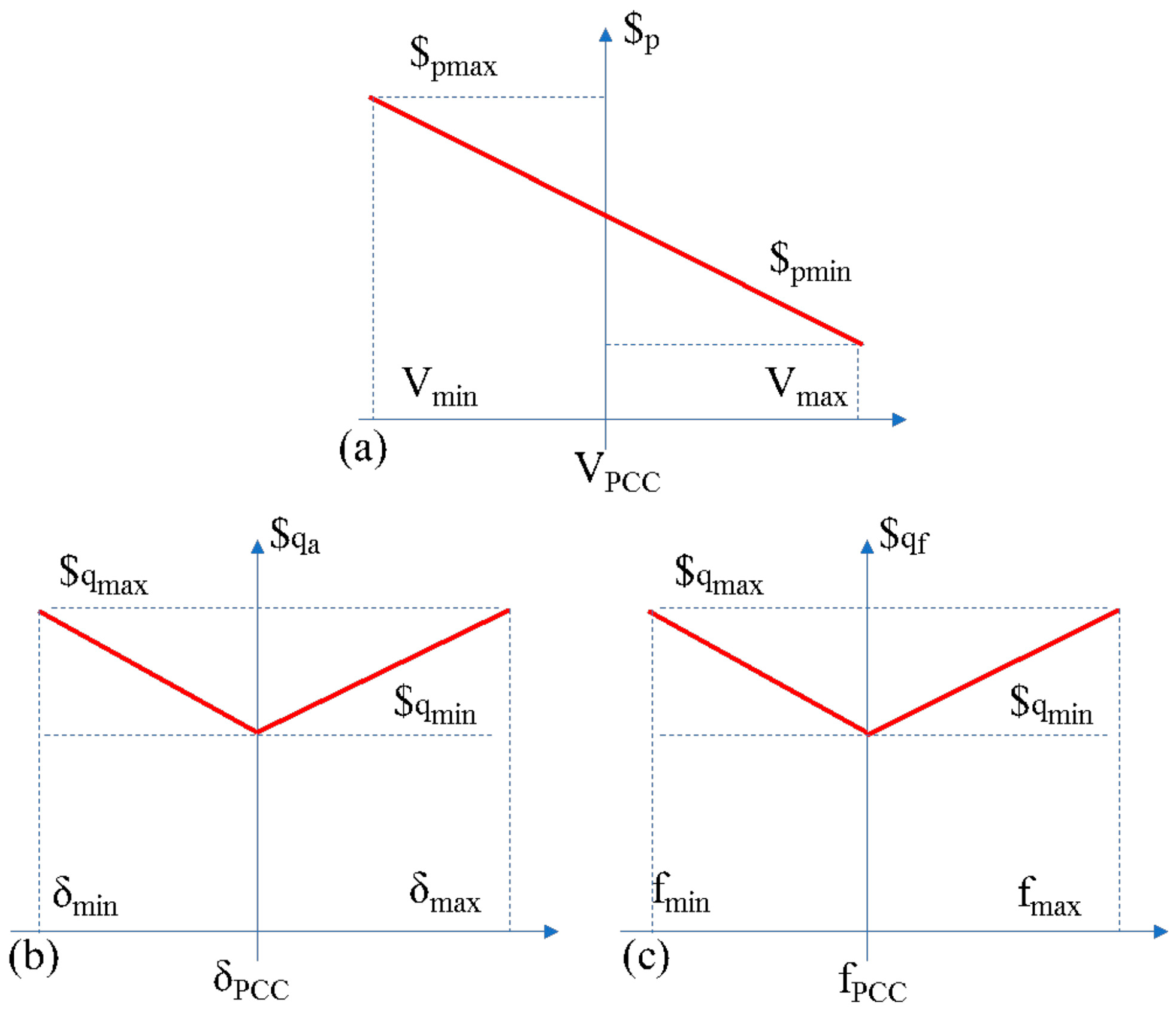

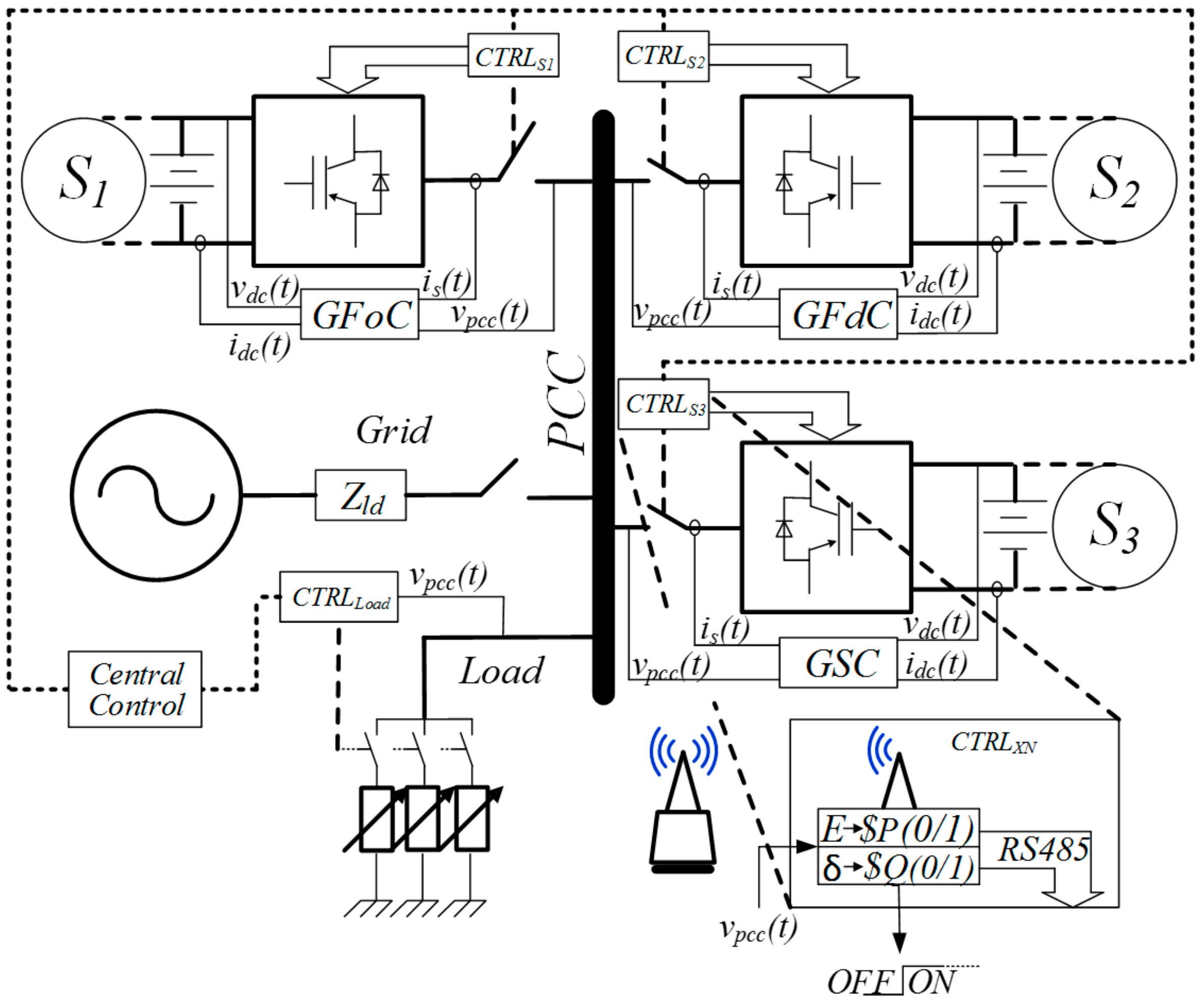
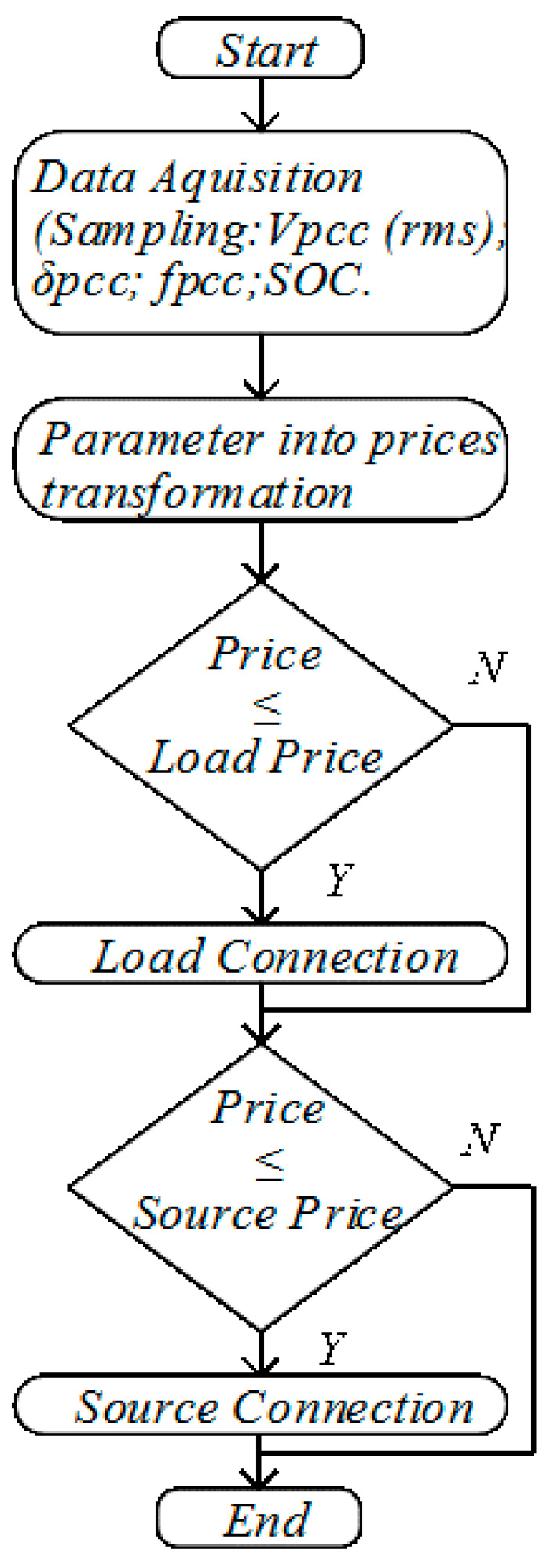
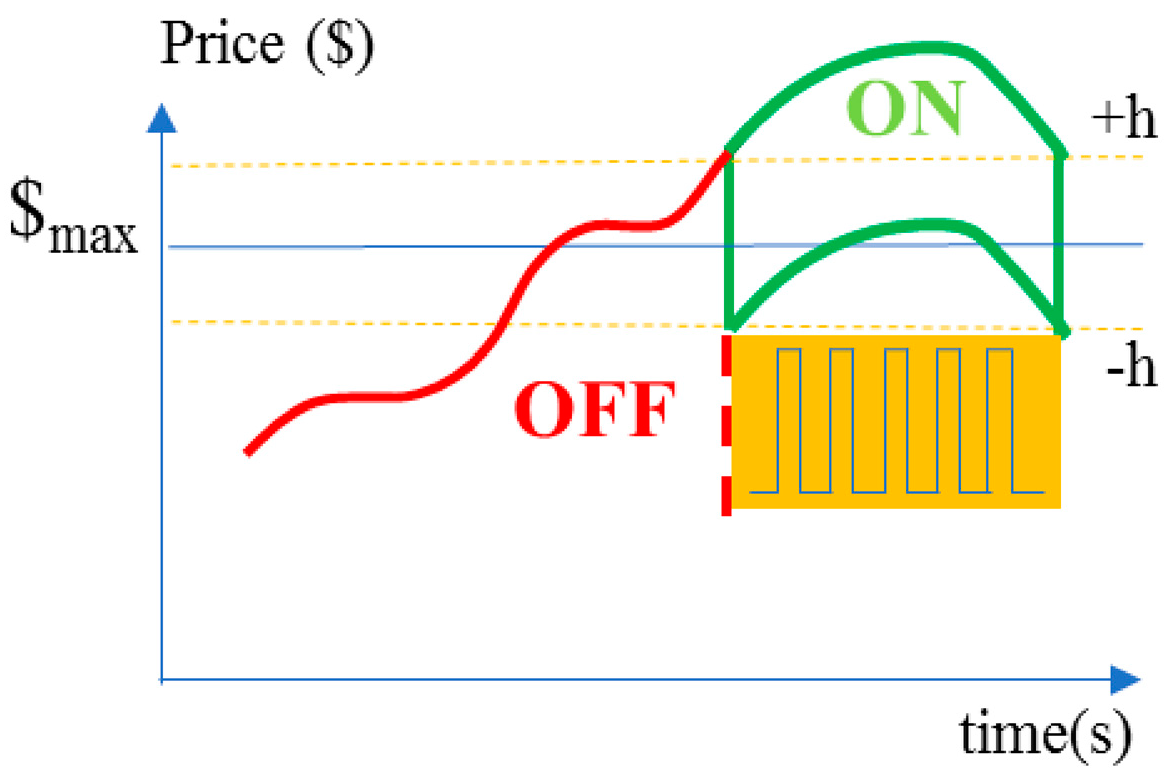

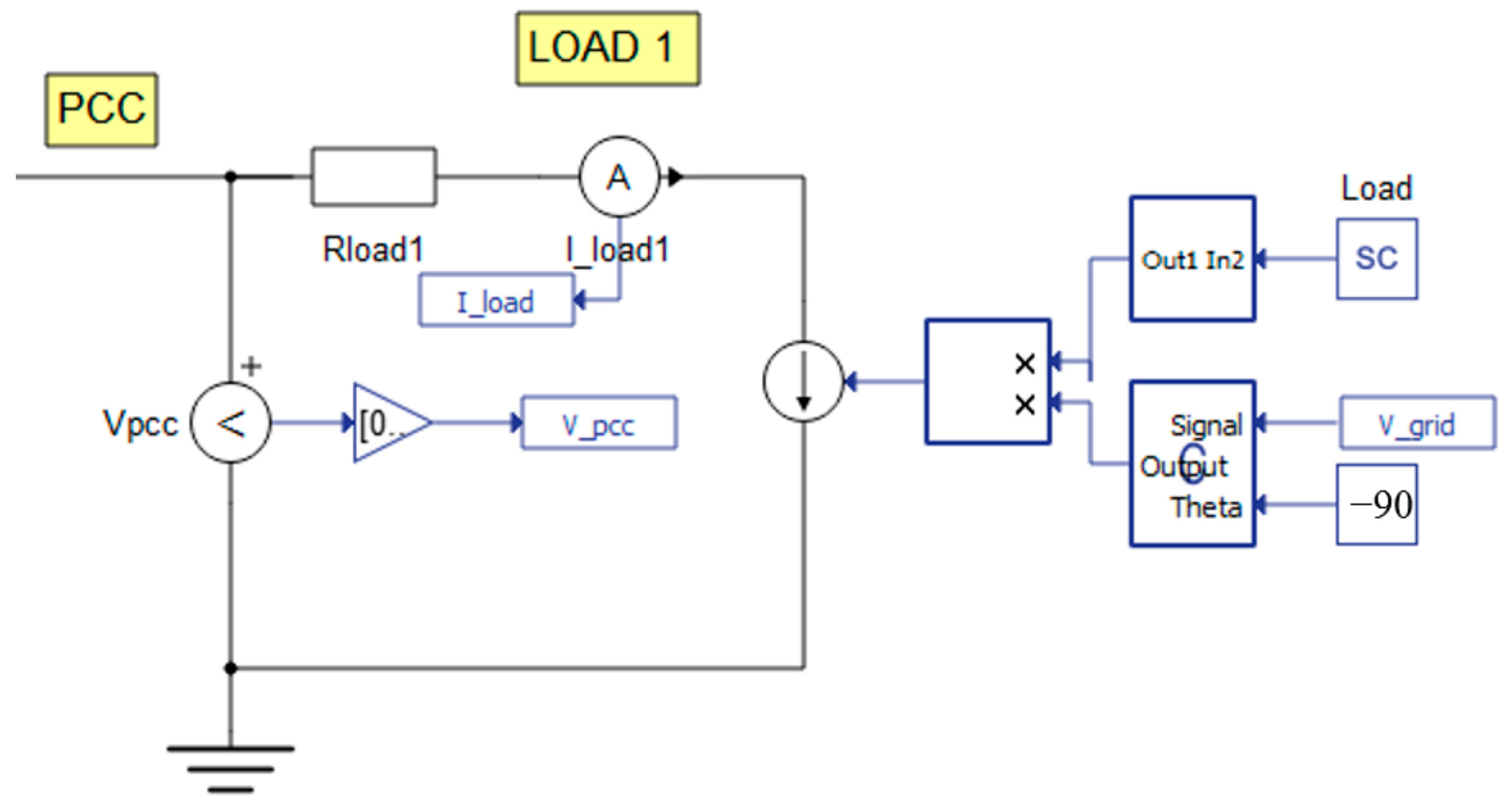

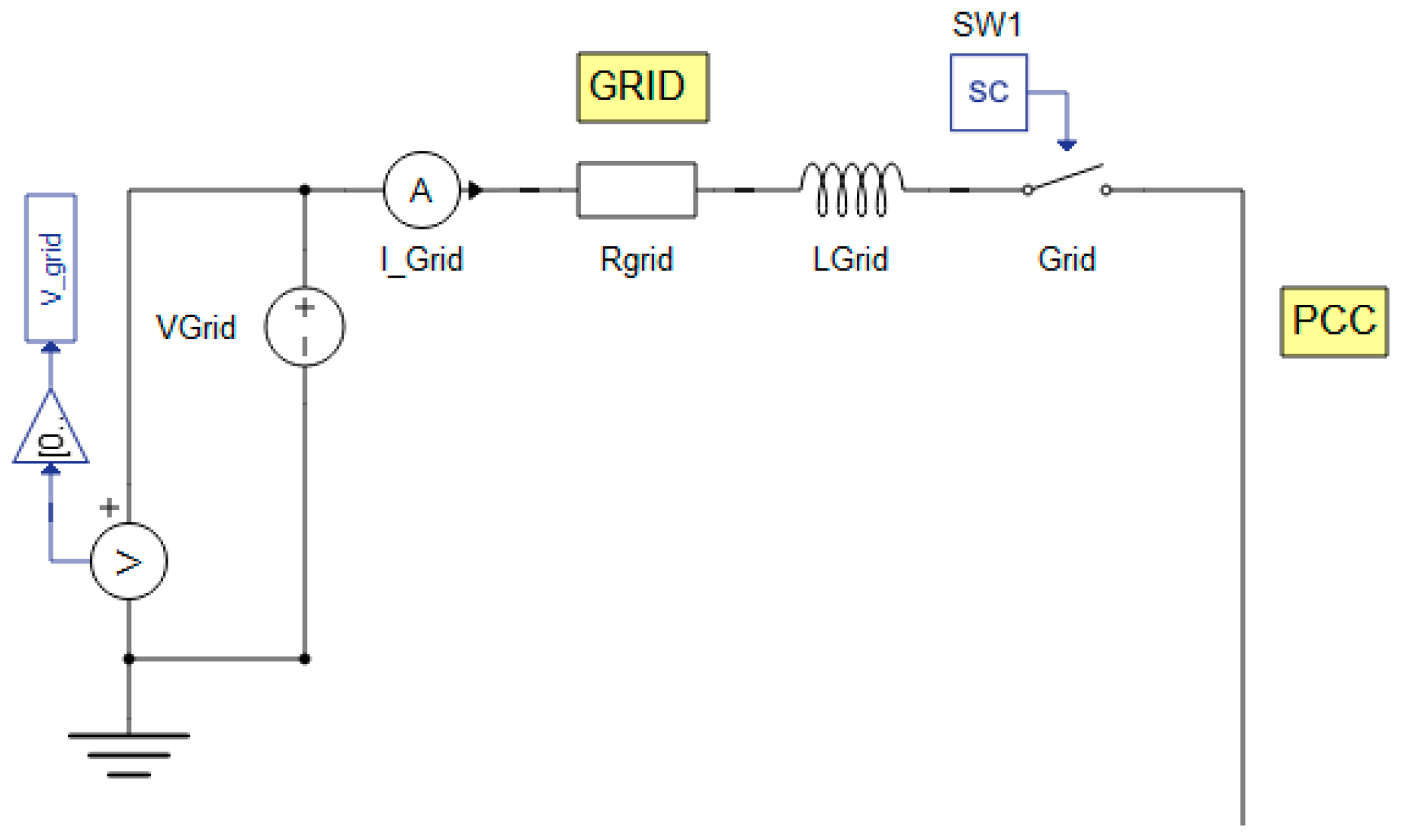

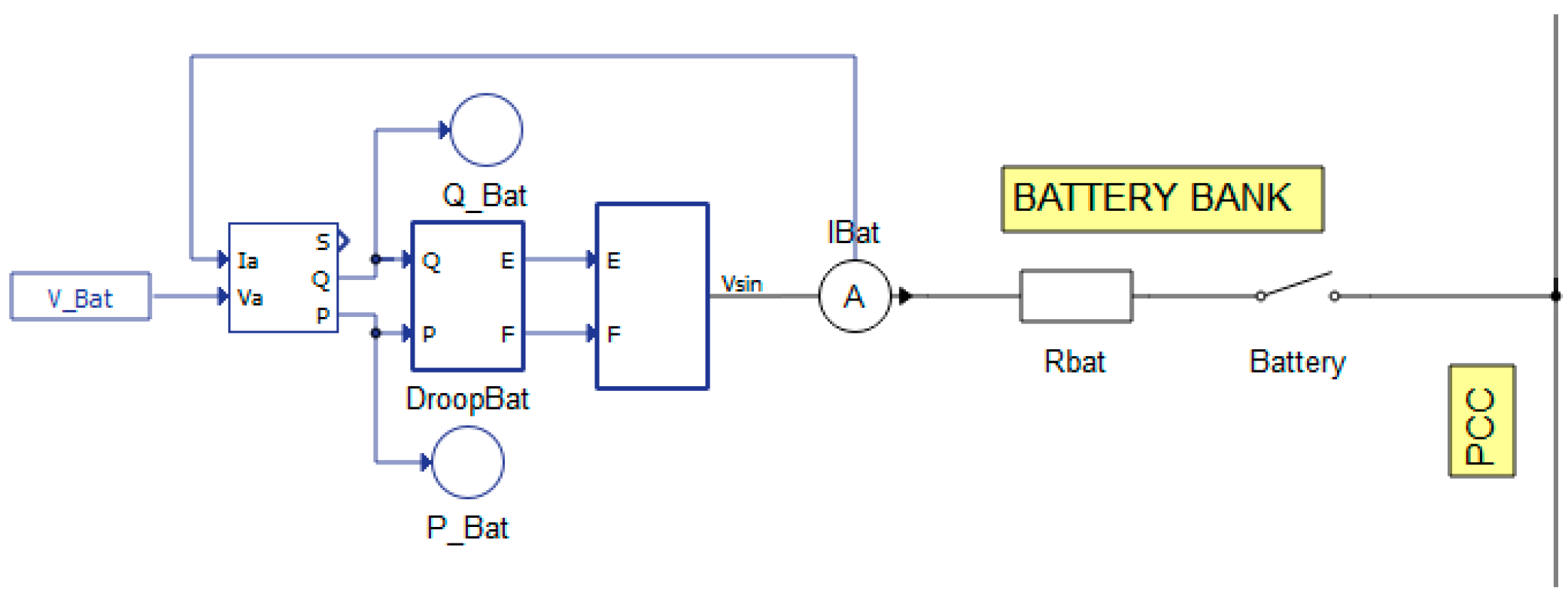

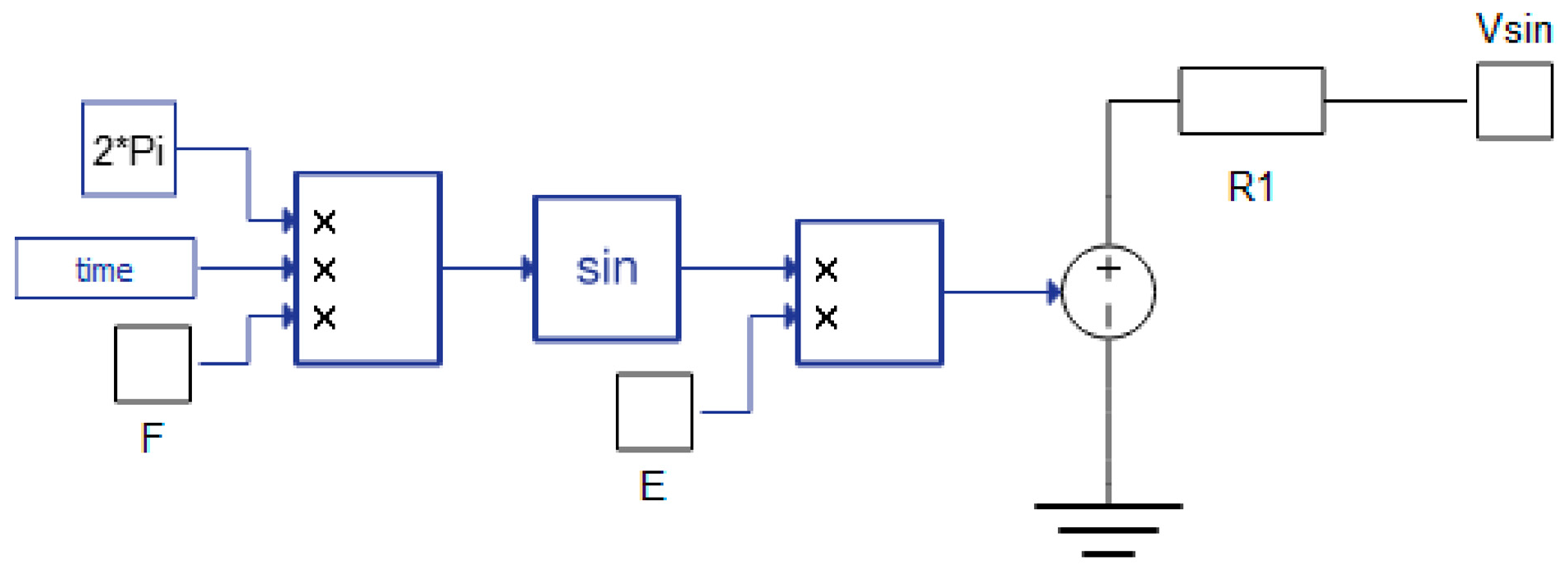




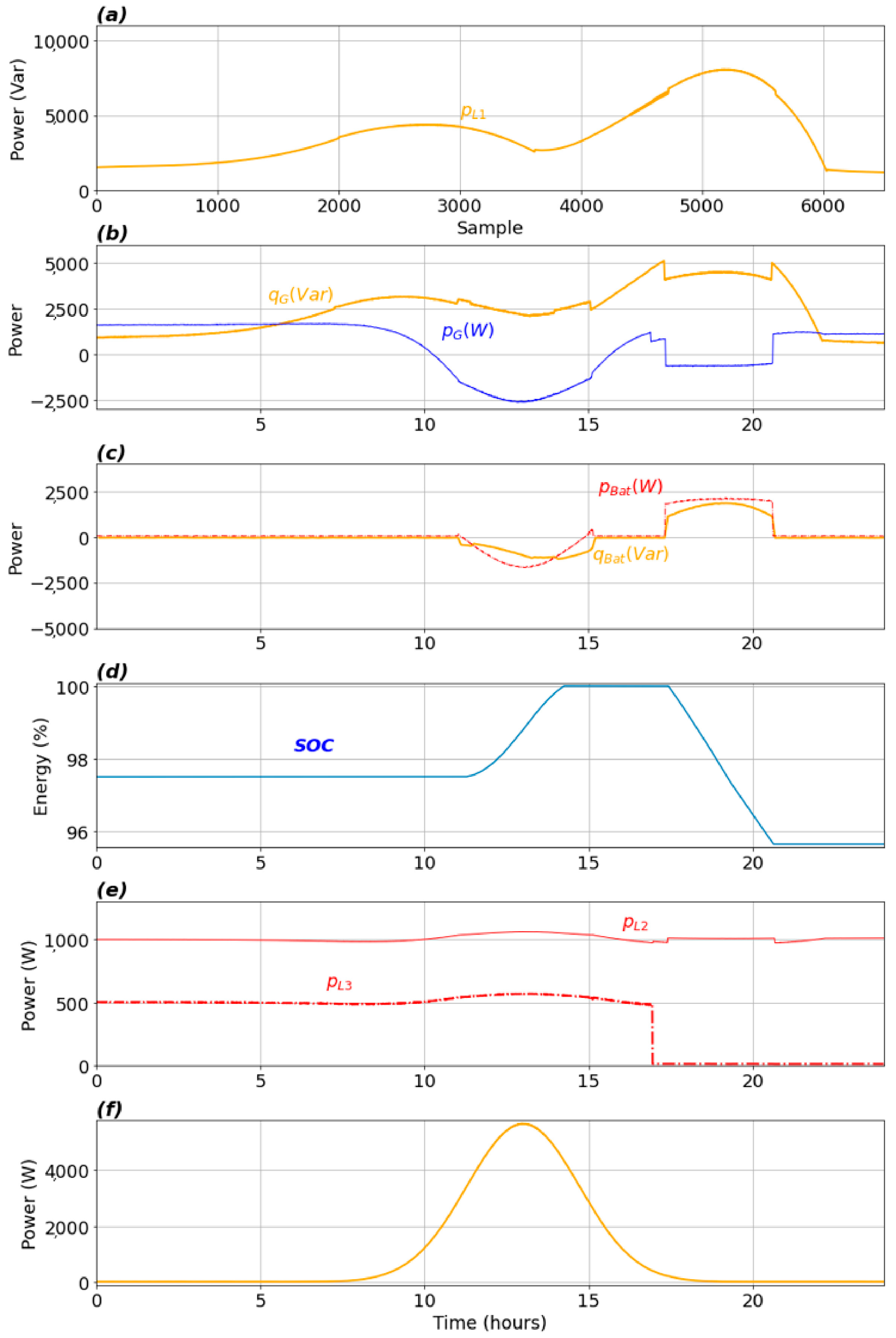
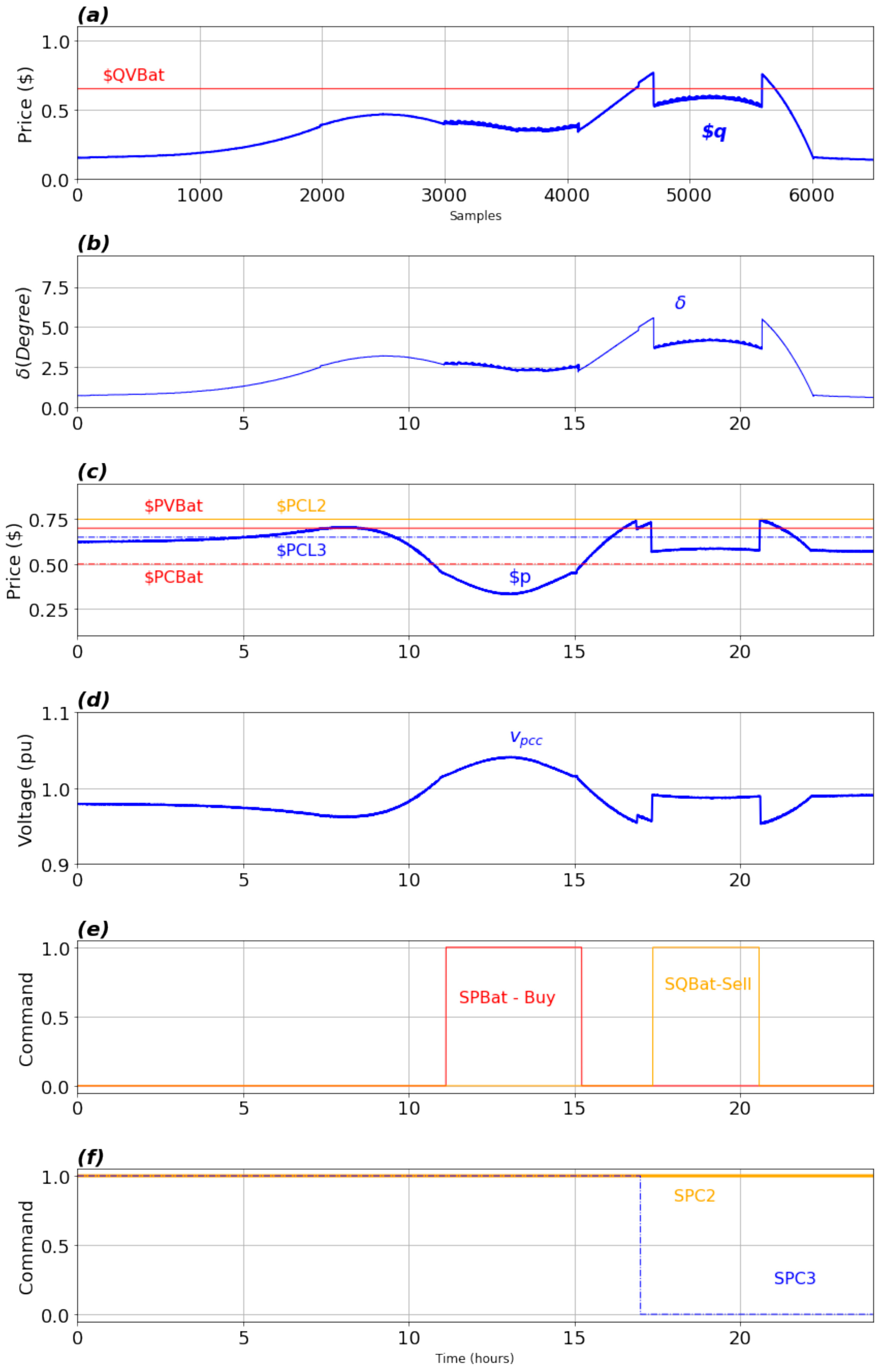
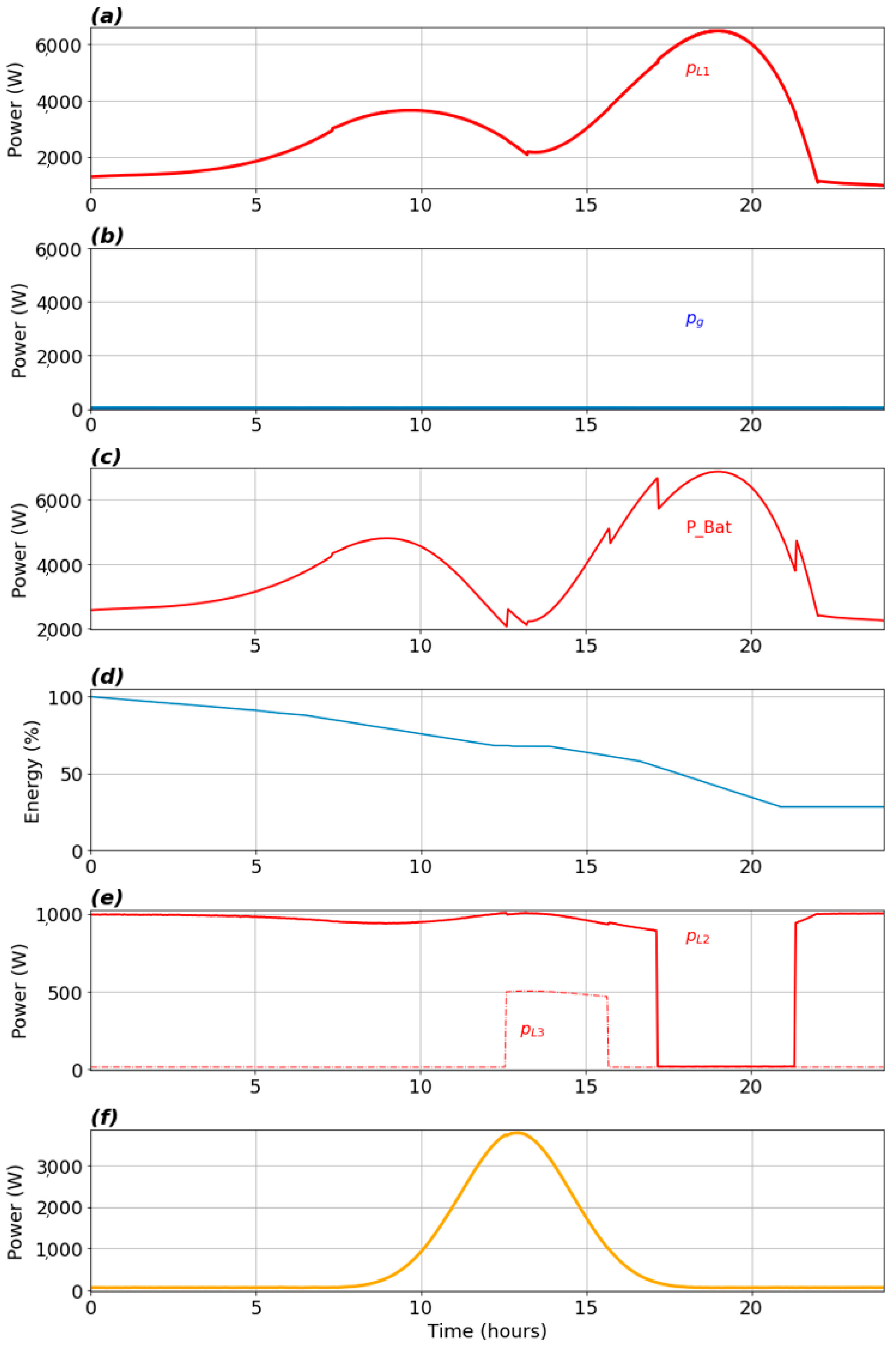

| Description | Values |
|---|---|
| Load 1/Rated Grid Power | = = 12 kVA |
| Load 2/3 Rated Power | = 1 kW/0.5 kW |
| Rated Battery Power | = 10 kVA |
| Rated PV Power | = 10 kW |
| Rated AC-Phase rms Voltage | = 220 V |
| Allowed MG Voltage Range | VCA = ±10% |
| Rated Grid Frequency | = 60 Hz |
| Allowed MG Frequency Range | F = ±0.02 pu |
| Distribution Line Inductance | = 858.9 F |
| Distribution Line Reactance | = 0.32 |
| Distribution Line Resistance | = 0.77 |
| Distribution Line Impedance | = 0.84 |
Publisher’s Note: MDPI stays neutral with regard to jurisdictional claims in published maps and institutional affiliations. |
© 2022 by the authors. Licensee MDPI, Basel, Switzerland. This article is an open access article distributed under the terms and conditions of the Creative Commons Attribution (CC BY) license (https://creativecommons.org/licenses/by/4.0/).
Share and Cite
Pinto, L.F.R.; Busarello, T.D.C.; Bellinaso, L.V.; Michels, L.; Mezaroba, M. Contributions to Power Management in AC Microgrids Based on Concepts of Microeconomics Theory. Energies 2022, 15, 3890. https://doi.org/10.3390/en15113890
Pinto LFR, Busarello TDC, Bellinaso LV, Michels L, Mezaroba M. Contributions to Power Management in AC Microgrids Based on Concepts of Microeconomics Theory. Energies. 2022; 15(11):3890. https://doi.org/10.3390/en15113890
Chicago/Turabian StylePinto, Luís F. R., Tiago D. C. Busarello, Lucas V. Bellinaso, Leandro Michels, and Marcello Mezaroba. 2022. "Contributions to Power Management in AC Microgrids Based on Concepts of Microeconomics Theory" Energies 15, no. 11: 3890. https://doi.org/10.3390/en15113890








